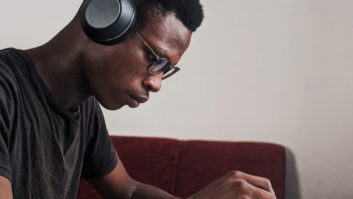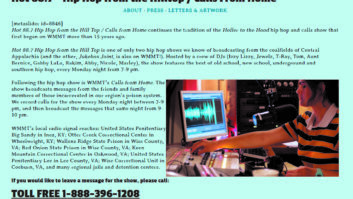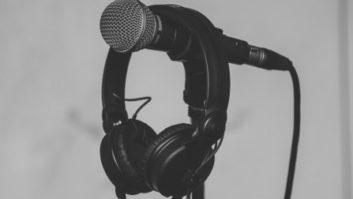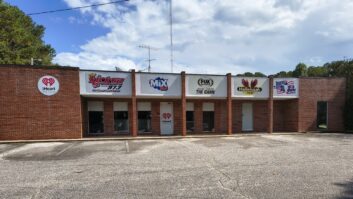The author is membership program director of the National Federation of Community Broadcasters. NFCB commentaries are featured regularly at www.radioworld.com.
The noncommercial media industry groups Public Radio Program Directors and Public Media Journalists Association hosted a joint conference virtually. One showcase featured a powerful initiative in public radio’s search for new audiences.
In 2015, the Corporation for Public Broadcasting launched its support of efforts to develop a new music format for noncommercial radio. What emerged was urban alternative, aimed at drawing a younger, multicultural audience to public media.
The graying of public radio has been a concern for many years, though podcasting, led by NPR in the public media sphere, has changed many of these perceptions. Diversity has been an ongoing concern, however. Urban alternative’s potential in this regard is tremendous.
[Read: Community Broadcaster: Four Election Day Issues to Avoid]
While noncommercial radio has many successful music formatted stations — think KEXP, WXPN and KCRW — none are explicitly focused on making noncommercial media a draw to multicultural audiences. Thanks to champions like Mike Henry and CPB Vice President for Radio Jacquie Gales Webb, you can now tune in to one of a handful of urban alternative stations and hear one of public media’s boldest experiments in decades.
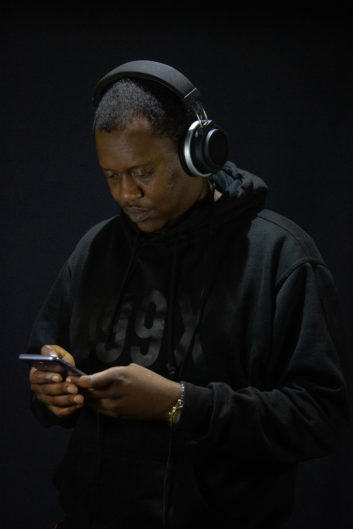 Turn on The Drop, featured on HD at Denver’s KUVO, and you’ll catch emerging mainstream hip-hop blended with classics, cutting-edge soul and lively conversation. Houston KTSU has just unveiled the Vibe as its digital channel. To ensure success, the Texas Southern University station has introduced Ben Thompson as content director. Thompson is best-known as Madd Hatta, a Houston hip-hop radio luminary who was program director and morning show host at KBXX, the city’s top-rated station for nearly his whole 20+-year run. Elsewhere, urban alternative endeavors are showing promise, too.
Turn on The Drop, featured on HD at Denver’s KUVO, and you’ll catch emerging mainstream hip-hop blended with classics, cutting-edge soul and lively conversation. Houston KTSU has just unveiled the Vibe as its digital channel. To ensure success, the Texas Southern University station has introduced Ben Thompson as content director. Thompson is best-known as Madd Hatta, a Houston hip-hop radio luminary who was program director and morning show host at KBXX, the city’s top-rated station for nearly his whole 20+-year run. Elsewhere, urban alternative endeavors are showing promise, too.
The next great chapter for urban alternative will be securing commitments for FM broadcast. Thus far, HD and other secondary bands have been its home. Considering the a new full-power noncommercial license window is on the way, could there be a possibility for an urban alternative-born terrestrial broadcaster? Many media groups, including the National Federation of Community Broadcasters, are stepping up to educate aspiring station operators about their options.
The positive growth of urban alternative is a crucial opening for those of us in noncommercial radio to have some needed discussion about audience engagement. For more than a generation, public media’s story has been, implicitly as well as openly, about “super serving” its core audience — mostly educated, mostly white, mostly older, mostly middle class to wealthy. The suggestion has been that, by providing quality content to this listener, a station was by extension serving listeners who were younger and less white and wealthy.
But, as we are seeing from controversies across public media, such as the recent implosions at Minnesota Public Radio and St. Louis Public Radio, the generic approach is getting internal and external pushback. Super service does not necessarily mean inclusive service. CPB’s recognition that stations should foster relationships with nontraditional audiences is gratifying. One can hope that such innovative approaches empower others to have discussions about engagement, and about acting for our future.

